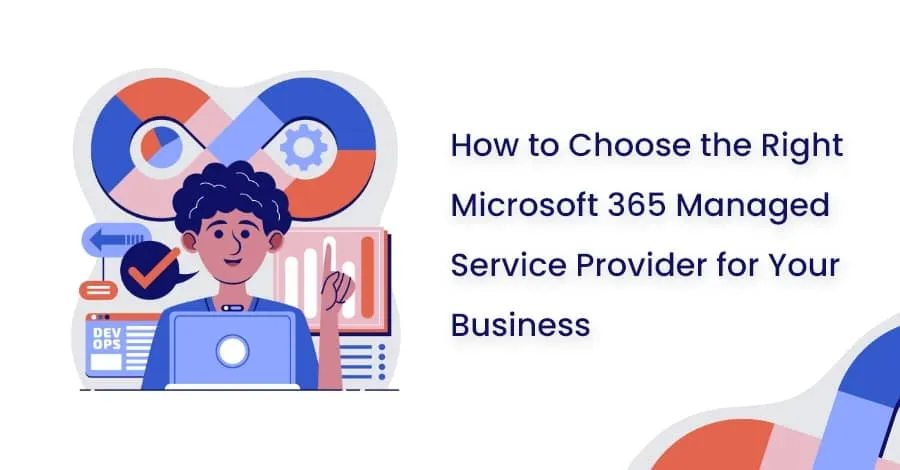
09 Dec Understanding the Types of MS Power Apps in Depth
09 DECEMBER 2024

In today’s business market, the ability to create custom applications fast and efficiently is a game changer. Microsoft Power Apps provides a powerful platform for building these applications, enabling businesses to streamline operations and enhance productivity. This blog will delve into the different types of MS Power Apps, helping you understand their unique features and how they can benefit your organization.
What is Microsoft Power Apps?
A collection of applications, services, connectors, and a data platform, Microsoft Power Apps offers a quick application development environment for creating unique apps for your company’s requirements. It allows users to create applications that can run on web browsers, mobile devices, and tablets without extensive coding knowledge.
Types of MS Power Apps
Model-Driven Apps, Portals, and Canvas Apps are the three primary app categories available in Microsoft Power Apps. Each type has its own unique features and use cases.
1. Canvas Apps
Canvas Apps provide a highly customizable and flexible platform for building applications. Users can design the app’s interface by dragging and dropping elements onto a canvas, similar to creating a PowerPoint presentation. This type of app is ideal for scenarios where you need a tailored user experience and have specific design requirements.
Key Features:
- Customizable UI: Design the app’s interface from scratch to meet specific business needs.
- Data Integration: Connect to various data sources, including SharePoint, Excel, and SQL Server.
- Flexibility: Create apps for specific tasks or workflows with a high degree of customization.
Use Cases:
- Employee onboarding apps
- Expense tracking apps
- Inventory management apps
2. Model-Driven Apps
Model-Driven Apps focus on a data-first approach, where the app’s design is based on the underlying data model. These apps are built using the Common Data Service (now called Microsoft Dataverse) and provide a more structured and standardized user experience. Model-Driven Apps are ideal for complex business processes that require robust data management and automation.
Key Features:
- Data-Centric Design: Built around the data model, ensuring consistency and reliability.
- Standardized UI: Provides a uniform user interface across different devices.
- Automation: Leverage business process flows and workflows to automate tasks.
Use Cases:
- Customer relationship management (CRM) systems
- Service request management
- Compliance trackingA collection of applications, services, connectors, and a data platform, Microsoft Power Apps offers a quick application development environment for creating unique apps for your company’s requirements.
Unlock the Power of MS Power Apps in Dynamics 365
Explore the different types of Microsoft Power Apps within Dynamics 365 to streamline workflows and enhance business efficiency. Leverage customizable solutions for your enterprise needs.

3. Power Apps Portals
Power Apps Portals allow you to create external-facing websites that enable users outside your organization to interact with your data and processes. These portals are ideal for scenarios where you need to provide access to customers, partners, or other external stakeholders.
Key Features:
- External Access: Create websites that external users can access securely.
- Customization: Design the portal’s interface to match your branding and user experience requirements.
- Integration: Connect to various data sources and integrate with other Microsoft services.
Use Cases:
- Customer self-service portals
- Partner collaboration portals
- Community forums
How to Pick the Correct Power App Type
Choosing the right type of Power App depends on your specific business needs and objectives. The following factors will assist you in making a decision:
- User Experience: If you need a highly customized user interface, Canvas Apps are the best choice. For a more standardized experience, Model-Driven Apps are ideal.
- Data Complexity: For complex data management and automation, Model-Driven Apps provide robust capabilities. Canvas Apps are suitable for simpler data integration needs.
- External Access: If you need to provide access to external users, Power Apps Portals are the way to go.
Conclusion
Understanding the different types of MS Power Apps and their unique features can help you choose the right solution for your business needs. Whether you need a highly customized app, a data-centric solution, or an external-facing portal, Microsoft Power Apps offers the flexibility and power to transform your business processes. By leveraging Power Apps consulting services, you can ensure that your applications are designed and implemented effectively, maximizing their impact on your organization.
Our Related Posts
How to Choose the Right Microsoft 365 Managed Service Provider for Your Business
Microsoft 365 has become an indispensable tool for businesses worldwide. It offers a range of features….
Microsoft 365 Managed Services vs. In-House: Which Option is Best for Your Business?
Microsoft 365 is a powerful suite of tools that can help businesses increase productivity, collaboration, and….
Mistakes to Avoid When Choosing a Microsoft 365 Managed Service Provider
Microsoft 365 is a powerful platform that enables businesses to streamline their operations, enhance….





Sorry, the comment form is closed at this time.